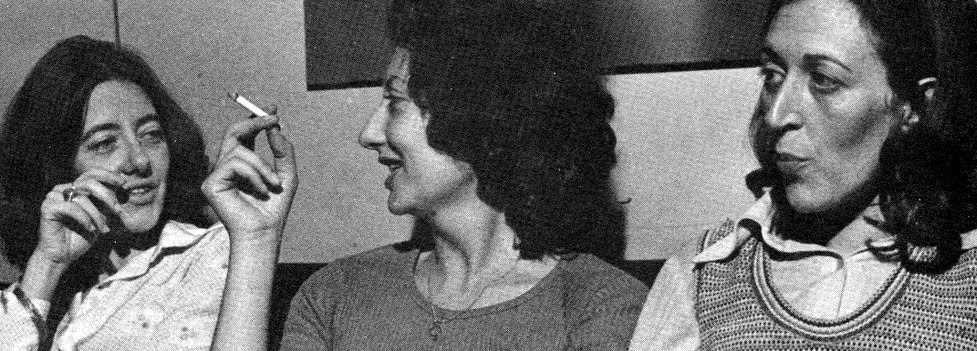I
should be marking. But I’m in Portugal, back in my old room, looking at a bed whose
frame my father repainted just to surprise me. I put down my luggage and look
at the dark red and golden frame, remembering the previous colour, a light
pink, the same golden. I like it. I should definitely be marking, but in the evenings my
mother starts remembering her childhood Christmas and tells it to me again, anew.
Combinações de semana de presente, filhoses, o meu avô a virá-las no lume, a
minha avó sempre atrasada, direito a dormir no quarto deles até à meia-noite,
no dia seguinte tangerinas do jardim e um tostão para o menino na capela. Her
intentional remembering is meant to give me a narrative frame so that I can
structure my identity through her remembering of a past I did not experience. Yesterday
I asked her for the photo album, so that I could follow her visually. My mother
resisted this, not getting up. Later, in the middle of another remembering
monologue, she opened a drawer and showed me a piece of old linen for us to
admire together. It must be said that drawers are the true sites of memory
(Nora) in this house. Like all sites of memory, they enclose and express a
collective shared knowledge of the past, on which a group’s sense of unity and
individuality is based (Erll and Nunning 2010). They are points of reference
for those, like me, like all of us, who were born after something took place.
So
from the drawer emerged this fabric, rough and soft at the same time. We
touched it, feeling the connections and interactions, the interlacements. I
think this fabric is the frame, the mnemonic template that structures all of my
mother’s memories. Remembering is not the result of a one-way cumulative
traffic inside her or my head. The common view that memory and
forgetting are fundamentally individual experiences was contradicted by Maurice Halbwachs, a French philosopher and sociologist who postulated that we can only remember within the social frameworks which
stimulate us to remember. In this sense, there are no strictly personal memories:
individual memories are socially and culturally shaped. Memory and identity are
constructed by a learning process within a group (the family, social classes
and religious communities), and representations of what the past should look
like are socially inherited. As such, when we remember we are often invoking
existing imagery, borrowing from existing images and narratives from the past.
It is therefore important to compare between old and present ways of
approaching the past. That is what I propose to do in my research project,
dedicated to memory on the collective level, and to cultural remembering as a
transnational, multidirectional phenomenon, in-between Lusophone Africa, Brazil
and Portugal. Do past and present memories resemble each other, do they fit
familiar remembering schemes, similar patterns? Ideally, the project will draw on
novels, short-stories and testimonies, as well as websites, photographs, film
and other visual documents that engage with transnational collective memories
and cultural exchanges. Though I'm still not sure if I will be able to fit it all in.
I
think Global Memory Studies is the potential main field of my research project,
which aims to produce transcultural memory research. Following the premise that
“memories don’t hold still for their portraits” (Erll 2011: 66), I would like to focus on the
translocal, the transnational and global circulation of mnemonic contents,
media and practices. I'm interested in the dynamic movement of memory
across time and space (Erll 2011: 65). By looking at the world through the
transcultural lens, I want to address the shared sites of memory that
have emerged through slavery, colonialism and travel: how are memories
constituted through movement (of stories across generations of writers, of photos on the internet, of actors across
national cinemas)? Rather than focusing on and describing the alleged origins or
roots claimed by certain social groups, I propose to reconstruct mnemonic
routes taken by certain stories and images, to focus on transcultural movements
rather than national myths about origins.
So, yeah. If
only I could forget about marking.


You have such an interesting blog. Thanks for sharing. I'm a self-help blog author and reading blogs is my hobby and I randomly found your blog. I enjoyed reading your posts. All the best for your future blogging endeavors. Please keep in touch with me in Twitter, @selfhelpnemonik
ReplyDeleteI'm glad you enjoy my blog. I haven't been very active lately but I want to start writing more often, and your words are an incentive. Thanks! Good luck with your own blog. I'm on Twitter too here: @margaryda
Delete